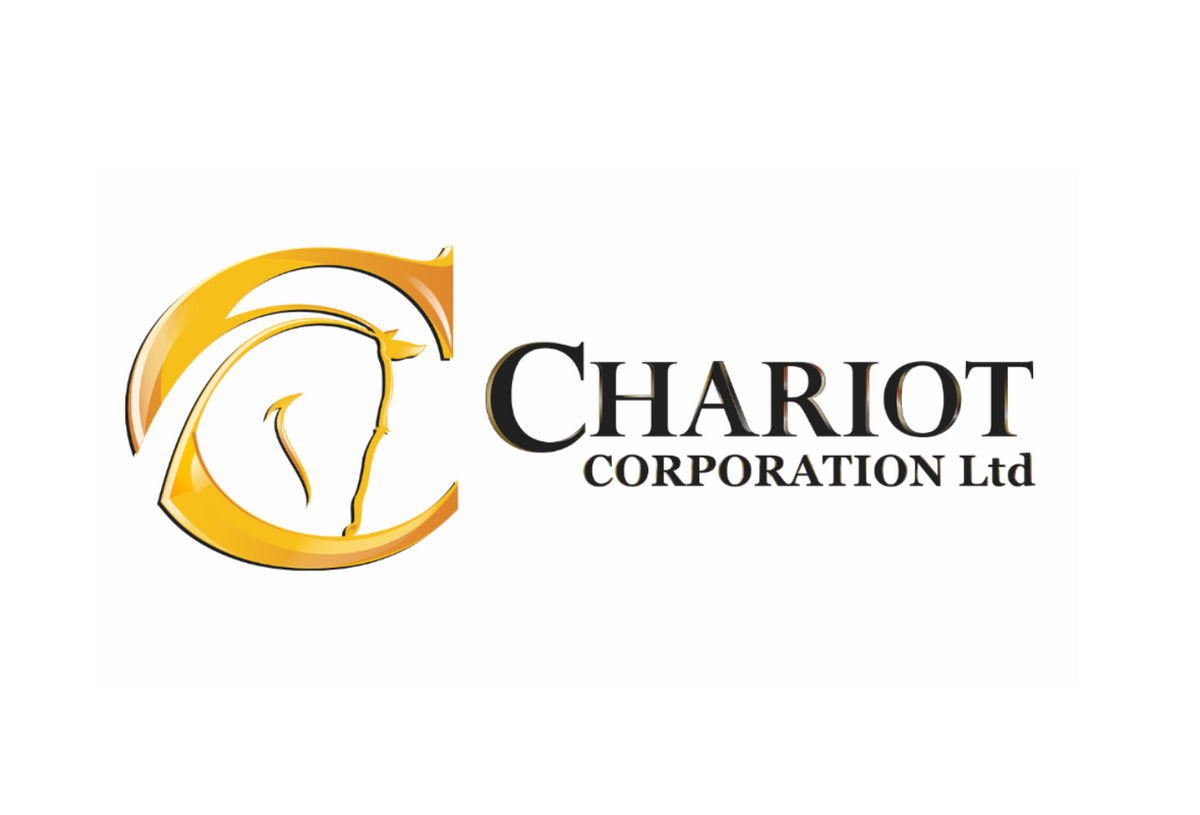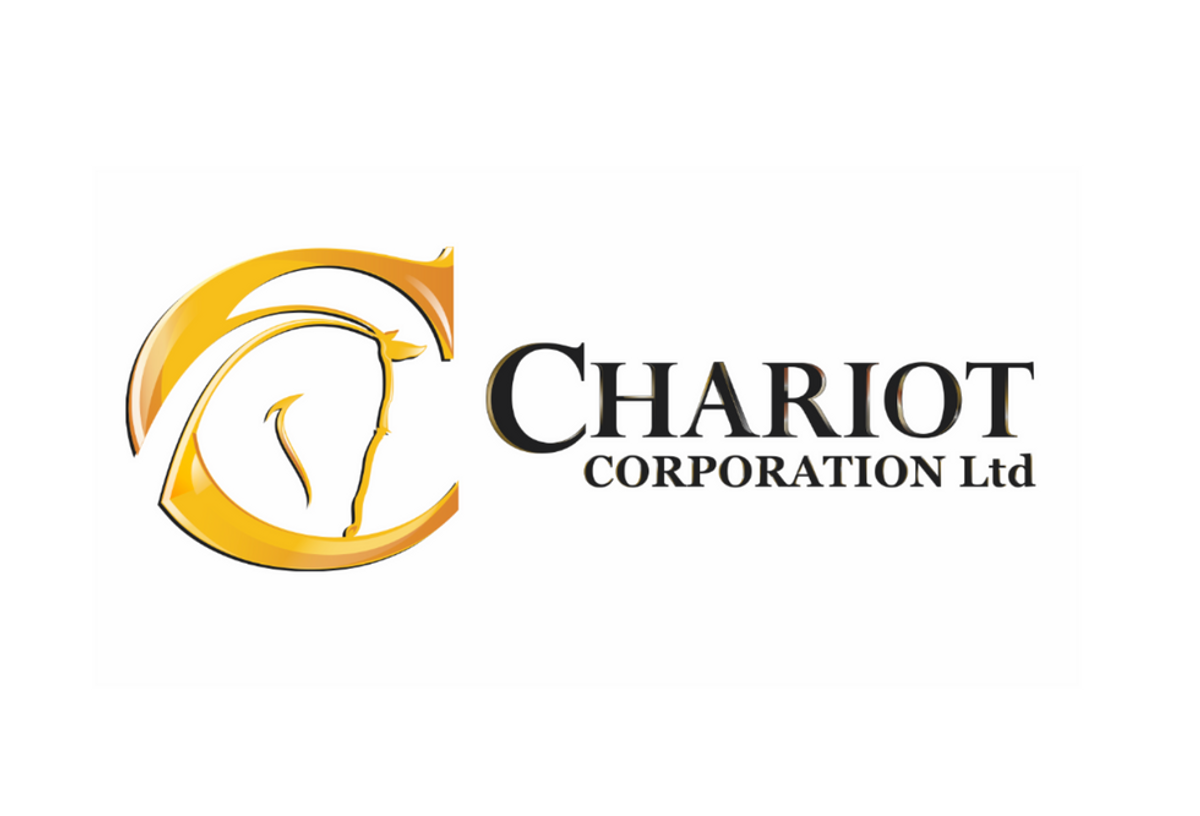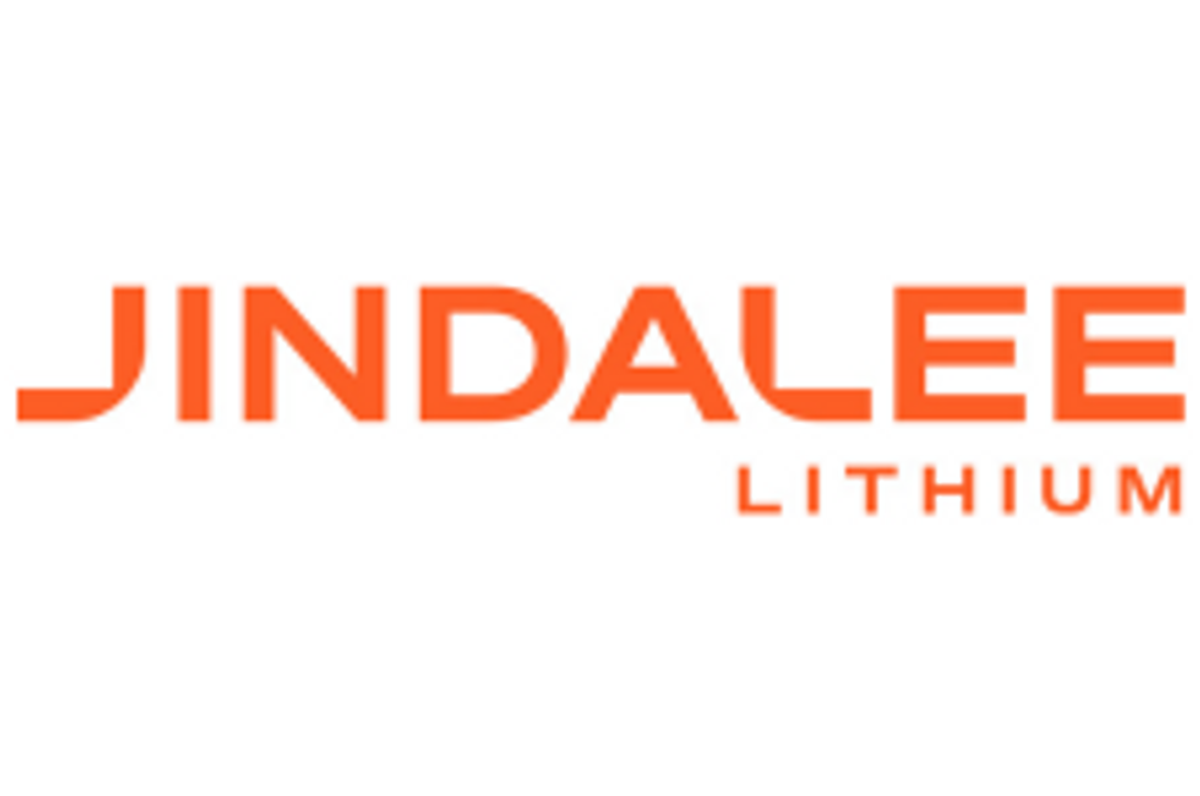
July 30, 2024
Chariot Corporation Limited (ASX: CC9) (“Chariot” or the “Company”) is pleased to present our Activities Report and Appendix 5B for the period ending 30 June 2024. During the second quarter of 2024 Chariot announced final assays from the maiden diamond drilling program at Black Mountain (“Phase 1 Drilling Program”) and the recommencement of exploration activities in Wyoming, USA for the North American summer.
HIGHLIGHTS
- Core assay results from the maiden drilling campaign have further delineated the structure of the Black Mountain LCT pegmatite system
- Hard rock lithium exploration recommenced in Wyoming with the onset of the 2024 North American summer season
- Rock-chip/Soil sampling and K feldspar testing underway to further refine drill targets
- Chariot group holds approximately A$3.04 million of cash as at 30 June 2024
Black Mountain Project
Phase 1 Drilling Program
On 3 May 2024, the Company announced the full set of assay results from the Phase 1 Drilling Program, consisting of nine (9) drill holes for a total of 1,132m. The first three (3) holes all intersected high-grade spodumene mineralisation confirming the potential of the Black Mountain lithium-caesium-tantalum (“LCT”) pegmatite swarms. Although the last six (6) holes yielded lower lithiumgrades, these holes were nevertheless encouraging in terms of the anomalous lithium values and, more particularly, the level of fractionation as identified through the geochemistry. The high-Li pegmatites and, more significantly, the low-Li pegmatites were highly fractionated indicating a potential for the low-Li pegmatites to be petrogenetically linked to the spodumene pegmatites as the low-Li edges of a larger Li-rich pegmatite.
Click here for the full ASX Release
This article includes content from Chariot Corporation, licensed for the purpose of publishing on Investing News Australia. This article does not constitute financial product advice. It is your responsibility to perform proper due diligence before acting upon any information provided here. Please refer to our full disclaimer here.
CC9:AU
The Conversation (0)
07 February
Chariot Corporation
Largest lithium exploration land holdings in the US
Largest lithium exploration land holdings in the US Keep Reading...
27 March
Second Amendment to Black Mountain Purchase Option
Chariot Corporation (CC9:AU) has announced Second Amendment to Black Mountain Purchase OptionDownload the PDF here. Keep Reading...
26 March
Convertible Note Financing of up to A$2.0 Million
Chariot Corporation (CC9:AU) has announced Convertible Note Financing of up to A$2.0 MillionDownload the PDF here. Keep Reading...
18 February
High-Potential WA Lithium & Gold Tenements Secured
Chariot Corporation (CC9:AU) has announced High-Potential WA Lithium & Gold Tenements SecuredDownload the PDF here. Keep Reading...
31 January
Quarterly Activities/Appendix 5B Cash Flow Report
Chariot Corporation (CC9:AU) has announced Quarterly Activities/Appendix 5B Cash Flow ReportDownload the PDF here. Keep Reading...
26 November 2024
Black Mountain Phase 2 Program has Commenced
Chariot Corporation (CC9:AU) has announced Black Mountain Phase 2 Program has CommencedDownload the PDF here. Keep Reading...
2h
Liontown Resources Pens Offtake Agreement with Canmax
Liontown Resources (ASX:LTR,OTC:LINRF) has executed a binding offtake agreement with Chinese conglomerate Canmax Technologies (SZSE:300390), as part of its strategy to diversify its customer base.“Listed on the Shenzhen Stock Exchange, Canmax is one of the world’s leading manufacturers of... Keep Reading...
08 December
Trading Halt
Jindalee Lithium (JLL:AU) has announced Trading HaltDownload the PDF here. Keep Reading...
05 December
Livium Receives A$663k in RsD Tax Incentive Rebates for VSPC
Livium Ltd (ASX: LIT) (“Livium” or the “Company”) advises that it has received A$663,000 in research and development ("R&D") tax incentive rebates from the Australian Tax Office for the 2025 financial year ("FY25"), relating to its wholly owned subsidiary VSPC Pty Limited ("VSPC"). The rebate... Keep Reading...
01 December
Why SQM Says Social Dialogue is Key to Sustainable Lithium
As scrutiny continues to intensify across the battery metals supply chain, the conversation around sustainability has moved far beyond carbon footprints. At this year’s Benchmark Week, Stefan Debruyne, director of external affairs at Sociedad Quimica y Minera de Chile (SQM) (NYSE:SQM), made that... Keep Reading...
27 November
Battery Storage Market Surging as Electricity Demand Enters New Era
Speaking at Benchmark Week, Iola Hughes, head of battery research at Benchmark Mineral Intelligence, outlined a market that is undergoing “very strong growth" and becoming indispensable to energy security.Hughes described energy storage as the fastest-growing segment in the battery sector today.... Keep Reading...
27 November
Inside Billionaire Gina Rinehart's Key Mining Investments
Australian billionaire Gina Rinehart has become a formidable force in the global mining industry. After taking the helm of her father’s iron ore firm Hancock Prospecting in 1993, she embarked upon a diversification strategy that has vastly expanded her resource empire. Now Australia’s richest... Keep Reading...
Latest News
Latest Press Releases
Related News
TOP STOCKS
American Battery4.030.24
Aion Therapeutic0.10-0.01
Cybin Corp2.140.00







